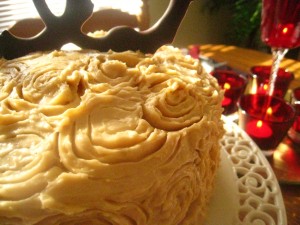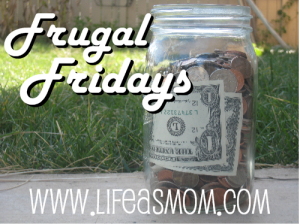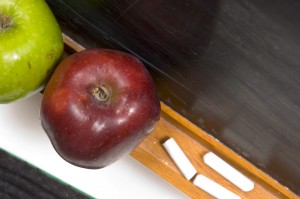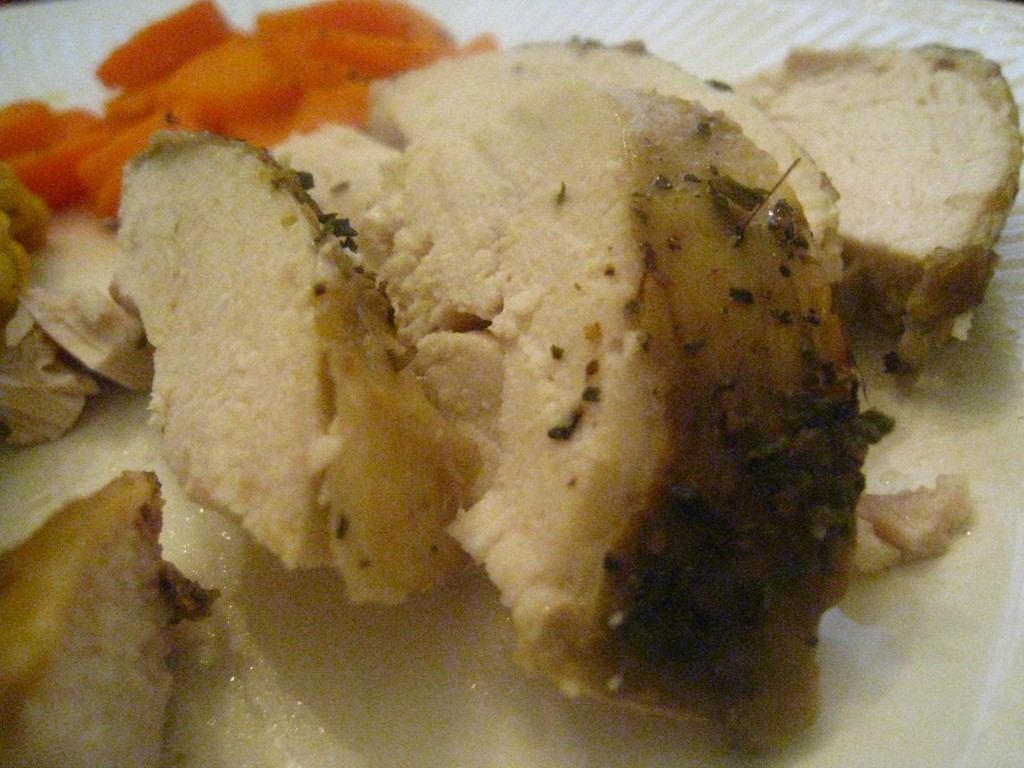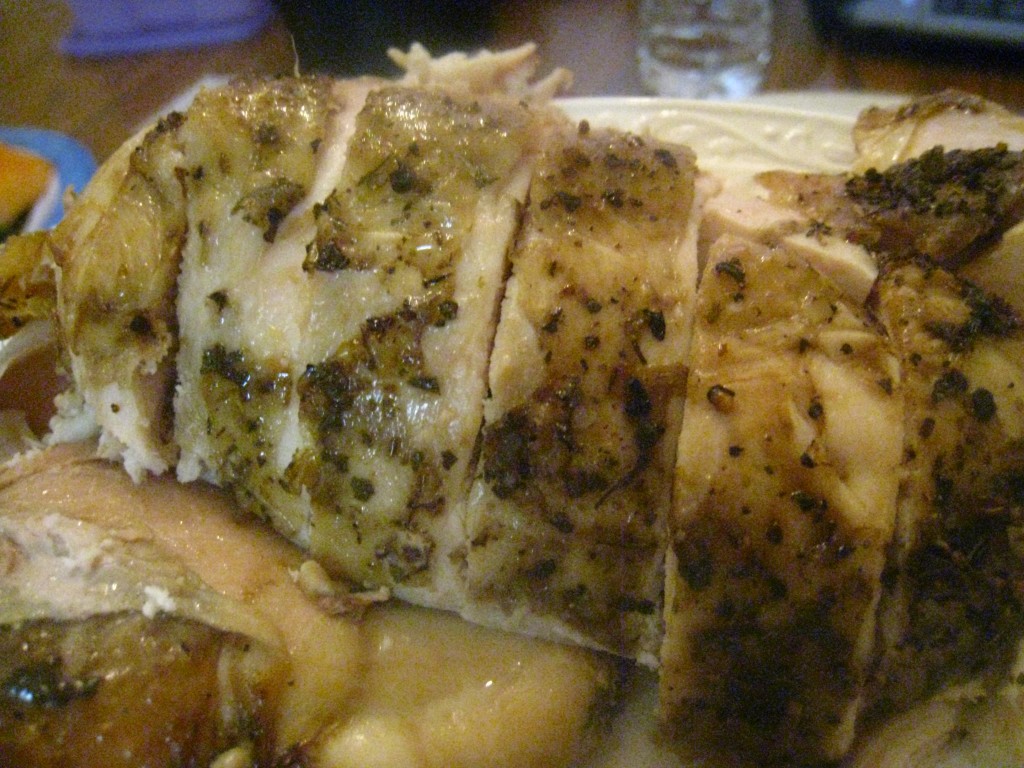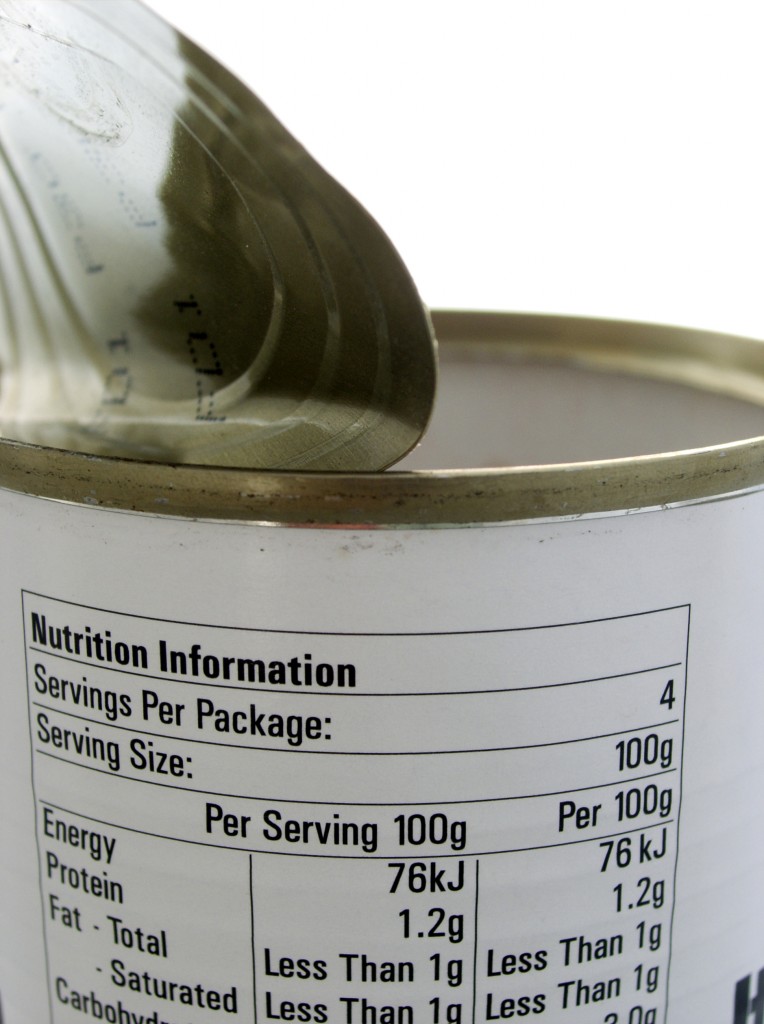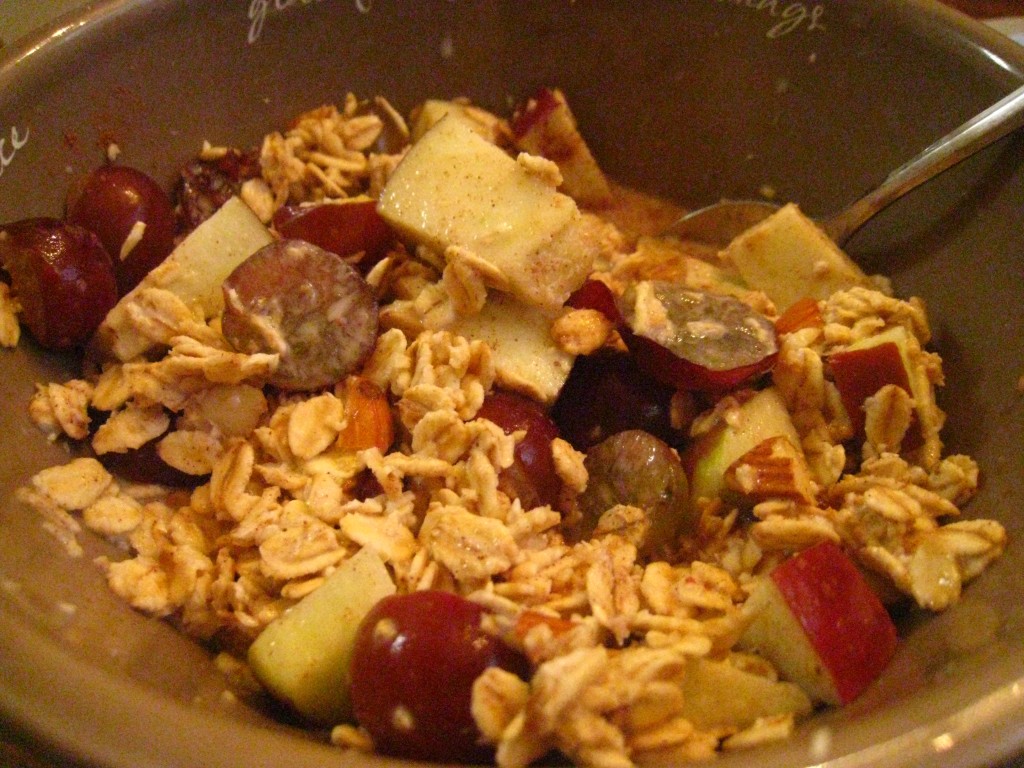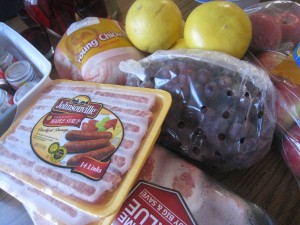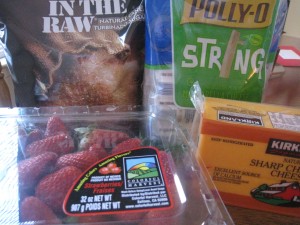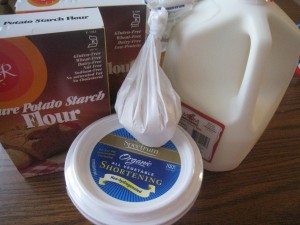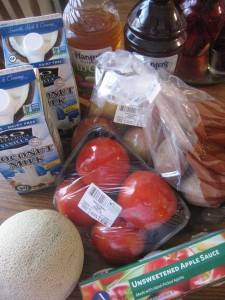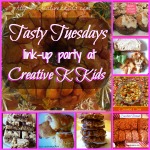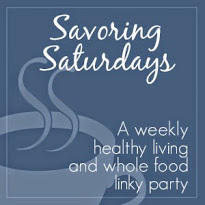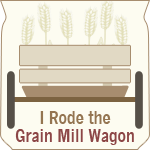Five years ago today… I looked a lot younger, I was a bit skinnier, and my DH had more hair.
Five years ago today… there was no wind, no thunder, no rain, just blue blue skies and red roses everywhere.
Five years ago today… I said I do. And so did he.
Five years ago today… we ate a lot of cake.
And what better way to celebrate that day than… with more cake! And not just cake. A creamy, melt in your mouth, smooth as butter, perfectly sweet, caramel flavored frosting. For Anniversary Number 5, I bring you Powdered-Sugar-Free-Frosting Number 5.
Caramel Buttercream Frosting
1 cup raw sugar, divided
2 TBSP water
pinch of salt
1/2 cup heavy cream
4 egg whites
1 cup butter, softened
In a saucepan, stir together 1/2 cup of the sugar, the water and salt. Bring to a boil without stirring, and allow to cook for a couple minutes until it starts to turn color. Reduce heat to medium and cook for a couple more minutes, stirring this time, until it turns a nice dark amber color. Remove from heat and carefully stir in the cream. Allow to cool. In another saucepan, whisk together the egg whites and remaining sugar over medium-high heat until the mixture is foamy and reaches 160 degrees. Pour into a mixing bowl (I love my KitchenAid for these jobs!) and beat until there are glossy peaks when beater is raised. Beat in the softened butter a few tablespoons at a time. Beat in cooled caramel mixture. Frosts 1 layer cake.
A few tips you can gain from my near-disasters:
- If the caramel mixture doesn’t blend well when you add in the cream, return it to the heat and continue stirring until the globs melt into the liquid. Don’t heat for too long; it will thicken some as it cools.
- DO stir the egg whites constantly from the second you place them in the saucepan and turn on the heat. Otherwise, you will have little cooked bits of egg. Don’t ask me how I know.
- Don’t add the caramel mixture to the rest of the frosting until it is room temperature or cooler.
- If the finished product doesn’t seem thick enough or sturdy enough to spread on a cake, refrigerate it for a little while. It will firm up nicely.
- I think this frosting would be amazing with a chocolate cake, but I decided to go with the hot milk cake for this occasion.
This is not the QUICKest frosting recipe I’ve ever tried, for sure. Definitely one to save for a special occasion when you have some time.
It’s not exactly EASY, but I will say this: there were several times I thought for sure I had ruined it, but no! Despite my clumsy goofs, in the end I still had a delicious decadent caramel frosting. So don’t be scared by all the instructions and multiple steps. It turned out to be difficult to ruin (Not like I was trying to ruin it! That just comes naturally.)
It’s not CHEAP, either, using half a pound of butter and 4 egg whites (Do save a little money and use those egg yolks for something else. I plan to turn them into lemon curd if I have some time today or tomorrow.). That’s why it’s an anniversary recipe, and not an every-day recipe!
As I’ve said before, when it comes to dessert and frosting, HEALTHY is relative. It’s healthier than the frosting in the can because it is made with real, whole ingredients. It still has a lot of sugar, though, so should be enjoyed sparingly. Like for your anniversary!


